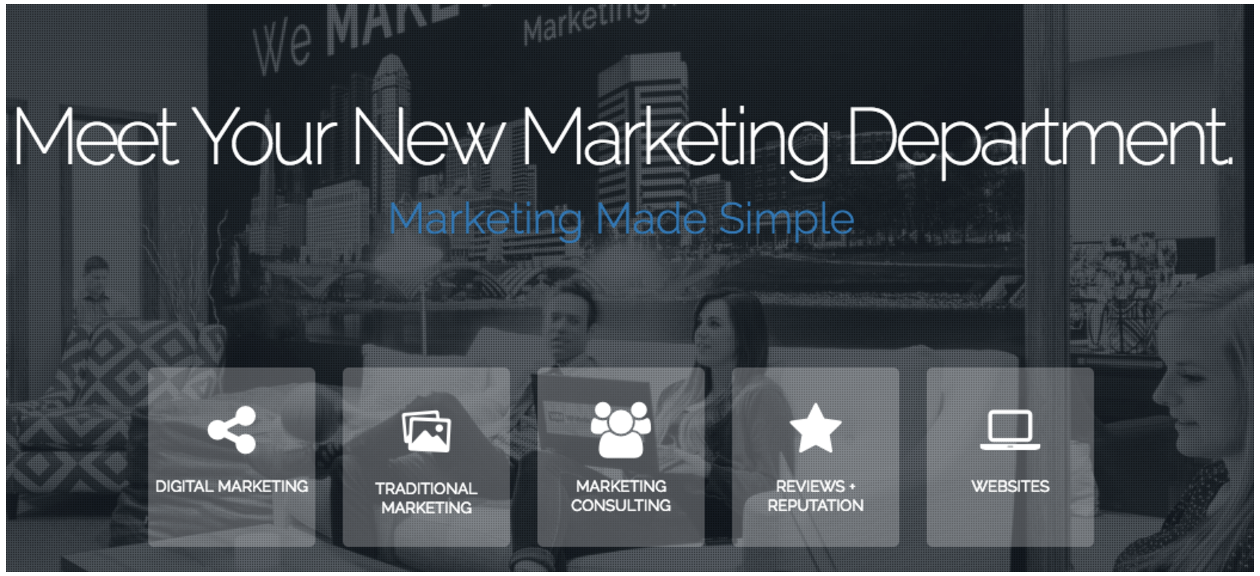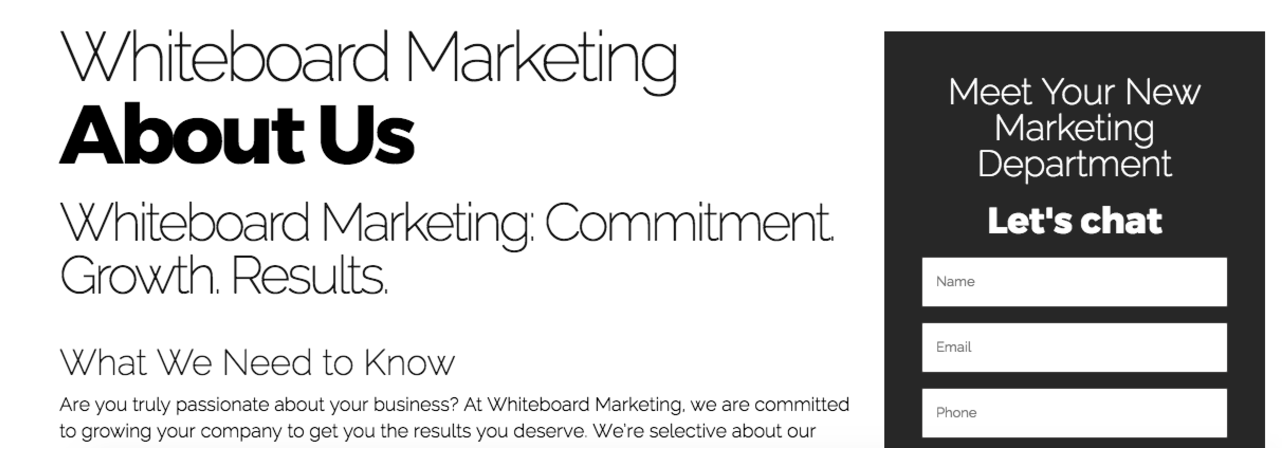We understand how overwhelming website design can be, especially at the beginning of the process. Where do you even begin? While all businesses are unique and use their websites differently, we have found that most small businesses want the same three ideas incorporated in a new site:
- Clear branding (prominent logo, phone number, slogan, colors)
- Fresh aesthetics (high-quality images, eye-catching headings, beautiful layout)
- Pertinent information (services/products offered, social media, mission statement, etc.)
These are all great starting points when it comes to designing a new website, or even just updating an older one. We also try encourage business owners, however, to consider one more important and essential aspect of site design: Usability.
What is Website Usability?
Website usability refers to your website visitors’ abilities to actually interact and/or locate information on your website. It is the ease of use of your website. Can visitors easily find relevant information? Is the effort required minimal?
What if they visit the site from their phone or tablet? Does the usability remain the same across devices? Modern websites need to be compatible across all devices to attract and maintain traffic.
How to Accomplish User-Centered Site Design
To improve your website’s usability, start with user-centered design principles. Below we have laid out how we have used user-centered design on our own website, www.whiteboard-mktg.com.
- Create a Clear Site Outline Using an Effective Layout
Step one is having a layout that clearly outlines the contents of the site in a way that makes sense to the user. This means having a main navigational bar that is easy to read, understand and navigate. It remains the same as the user travels throughout the site.
Step one also involves taking advantage of the home screen opening, or the first screen visitors see when your site appears on their screen. This area should showcase the main features of your website, the ones you want users to be most enticed to use.
- Perform a Site Audit and/or Add Functioning Links and Icons
Once you have an informative and easy-to-navigate homepage, it’s time to turn your attention to the nitty-gritty details that enhance user experience. Performing a simple site audit (we can help with these!) can determine if you have any misspelled words, broken links, or click-through buttons that are not functioning properly. Broken links and poorly written content are two huge no-nos for usability. It is important to make sure all links, buttons, social media icons, contact forms, and pop-ups (all of which your site should have!) are fully functioning and updated.
- Add Contact Information to Every Page
At the bare-minimum, small business websites should have a phone number and email address displayed on every single page of the site. Seriously, Every. Single. Page. The email address should be linked (so when a user clicks on it on their phone or tablet, it pulls up a new email to compose) and the phone number should be click-to-call enabled on mobile devices. The address should be linked to Google Maps, so users can easily find a map and directions to your business without much effort.
While it is common to put the address and phone number in the header and footer, we also encourage finding new and interesting ways to include it throughout the site in a more eye-catching fashion. Using banners across the page and fun graphics can make it even more effective:
- Add a Call-to-Action on Every Page
A call-to-action is a contact form or email capture form on your website. This allows customers to contact you, and also allows you to get in touch with them in the future. For example, when you have built an email list, you can alert all your leads when you are having a sale or promotion through a simple e-blast.
Having a prominent contact form on all pages of your site allows for a more user-friendly experience. If a visitor is on the services page of your site and has a question, he or she can submit the question instantly, without having to click around, which increases the chance of them losing interest. For you, this means higher client retention and better client acquisition rates. For best usability scores, include the contact form on the top half of every page.
- Test Yourself
Usability is not the same for every site. Depending on the purpose of your site and what your goal is for site visitors, the usability range will vary. The best way to improve your site’s usability is to test it. Test the website yourself, but also send it to friends and family and ask them what they liked or didn’t like about your site. After all, they are potential users of your website! This can help you identify (and eventually fix) the barriers your site visitors might be facing on a daily basis.
Site usability is very important for clients and your business. Having a functional, easy-to-use website improves visitors’ impressions of your brand, business, and customer service. A user-friendly website means more conversions, client retention, and bang for your buck!
If you’d like our help on auditing and optimizing your website, contact us today!




